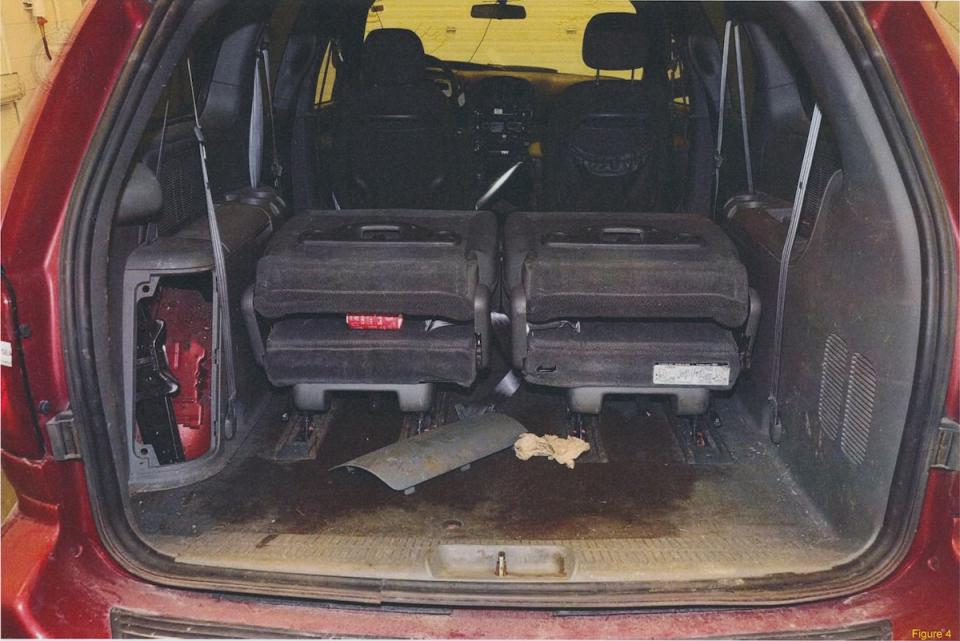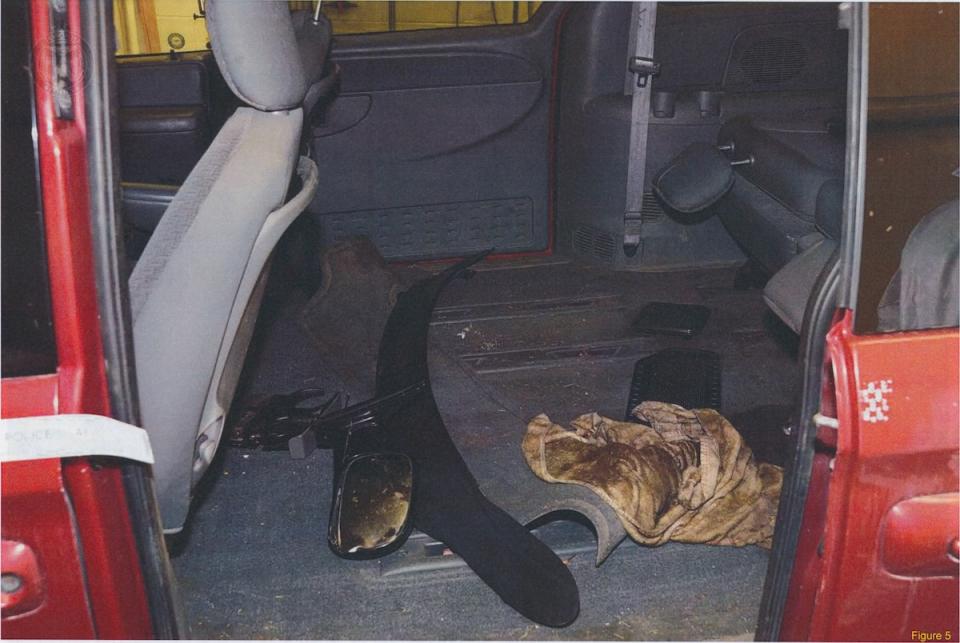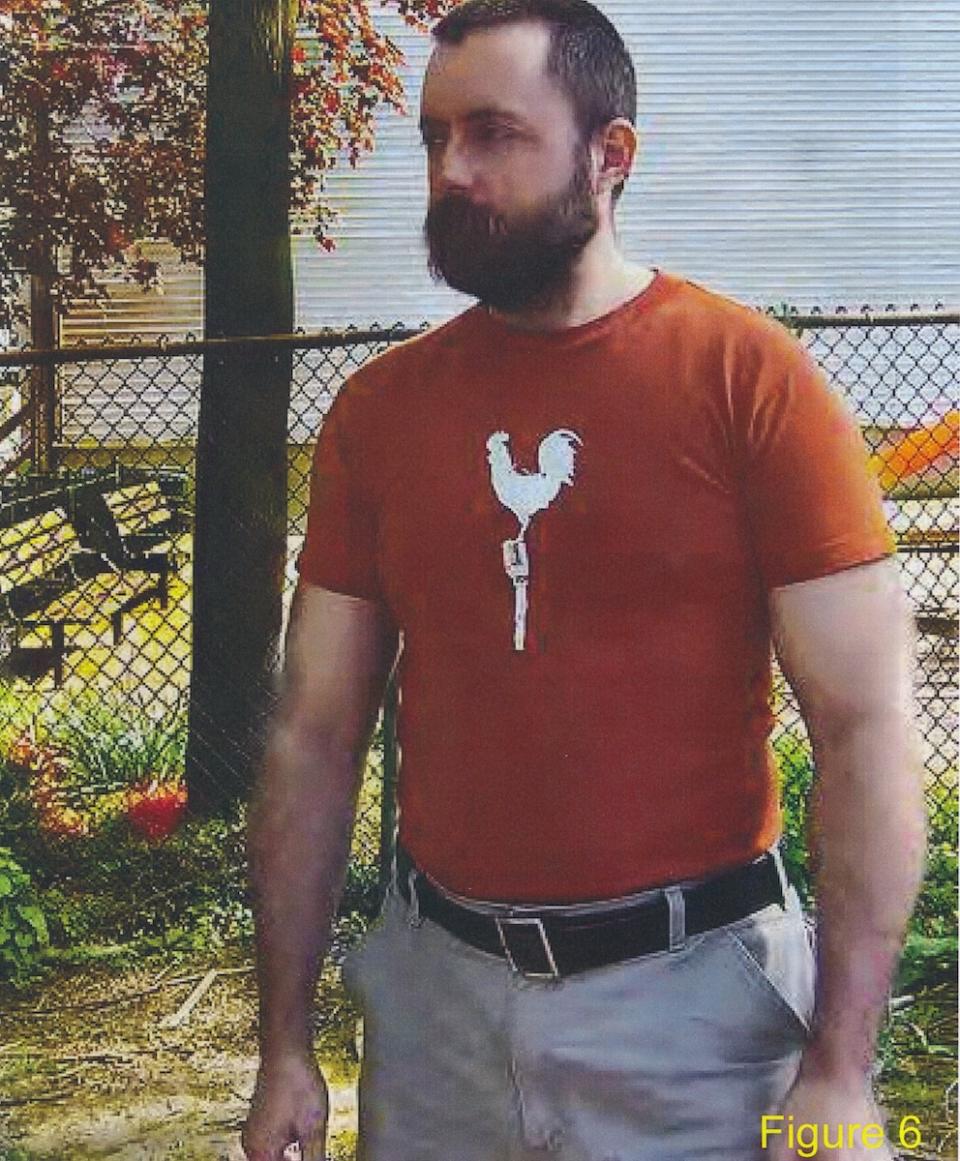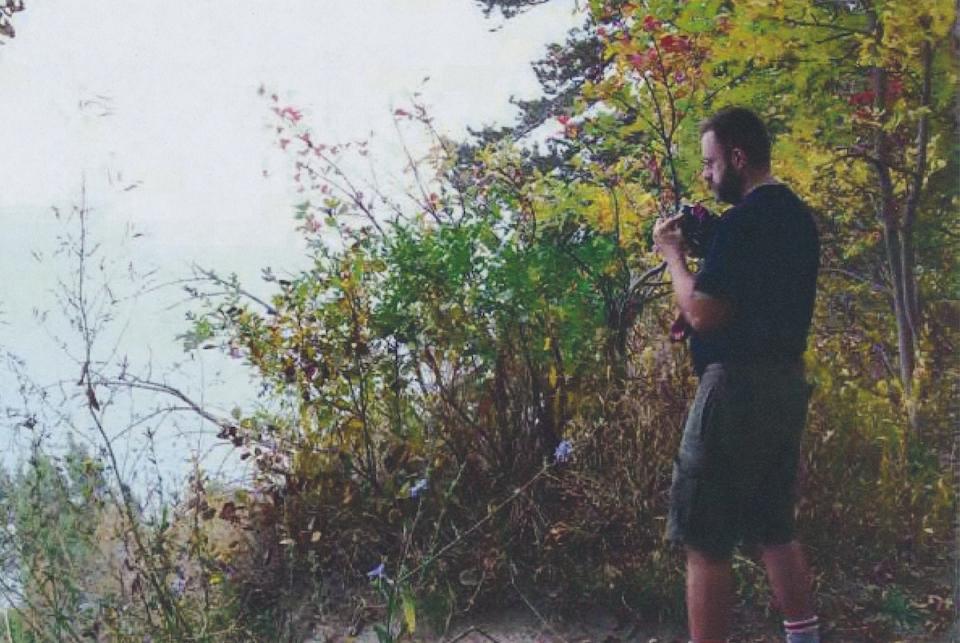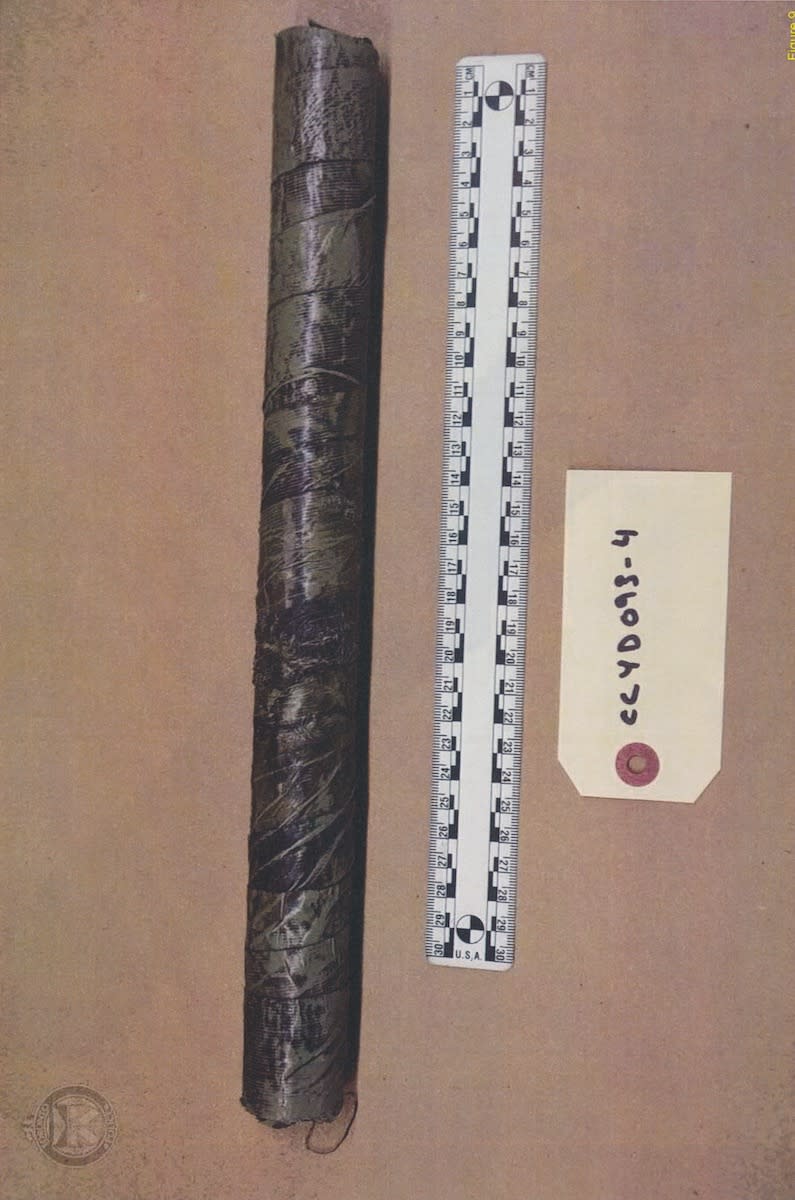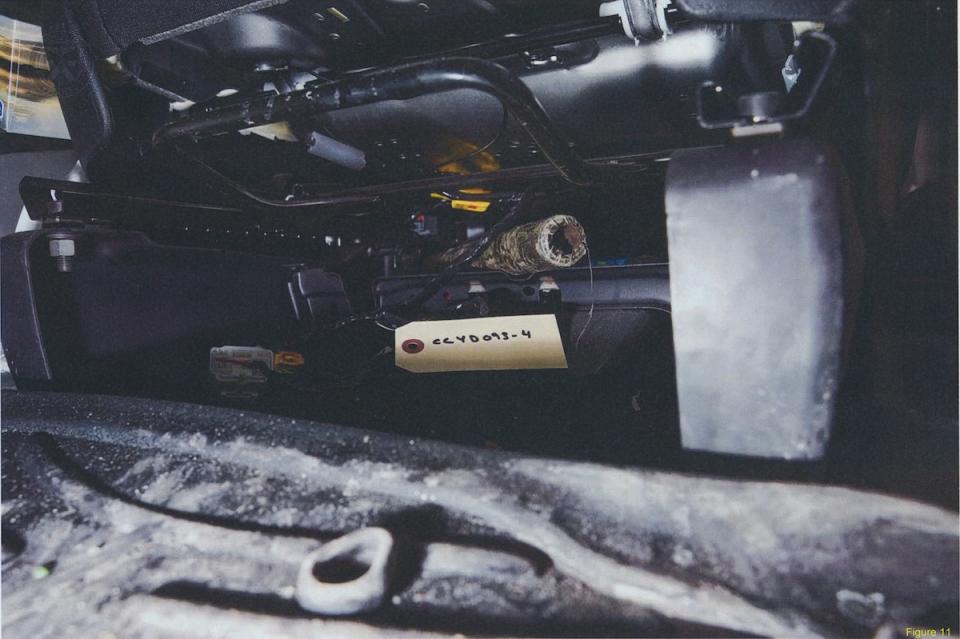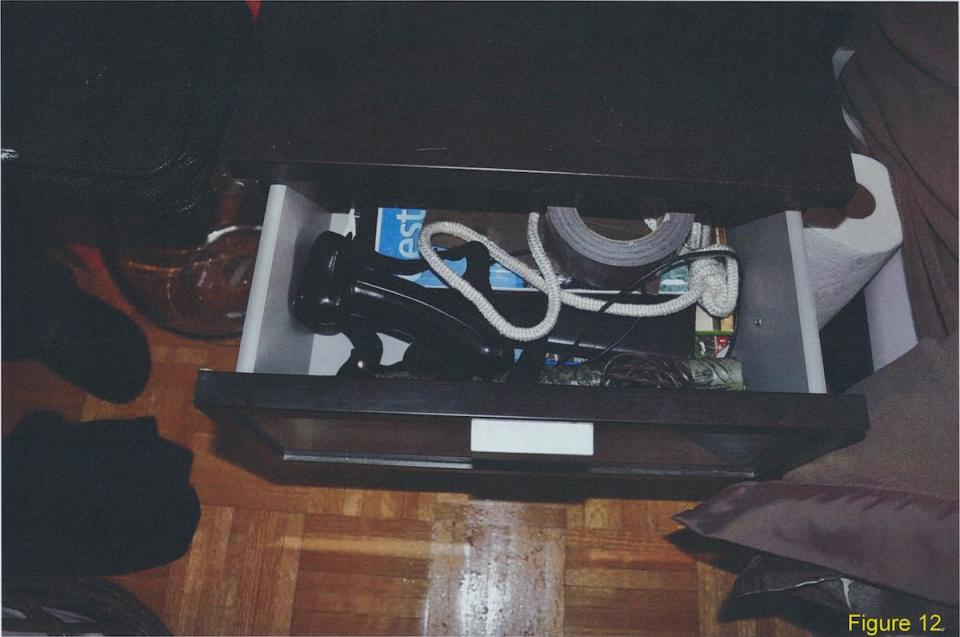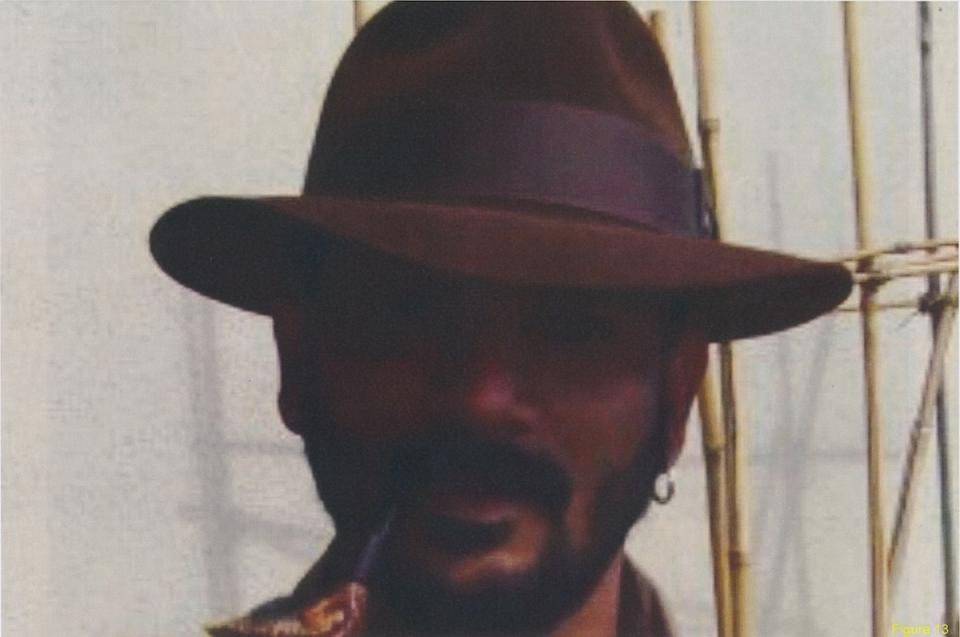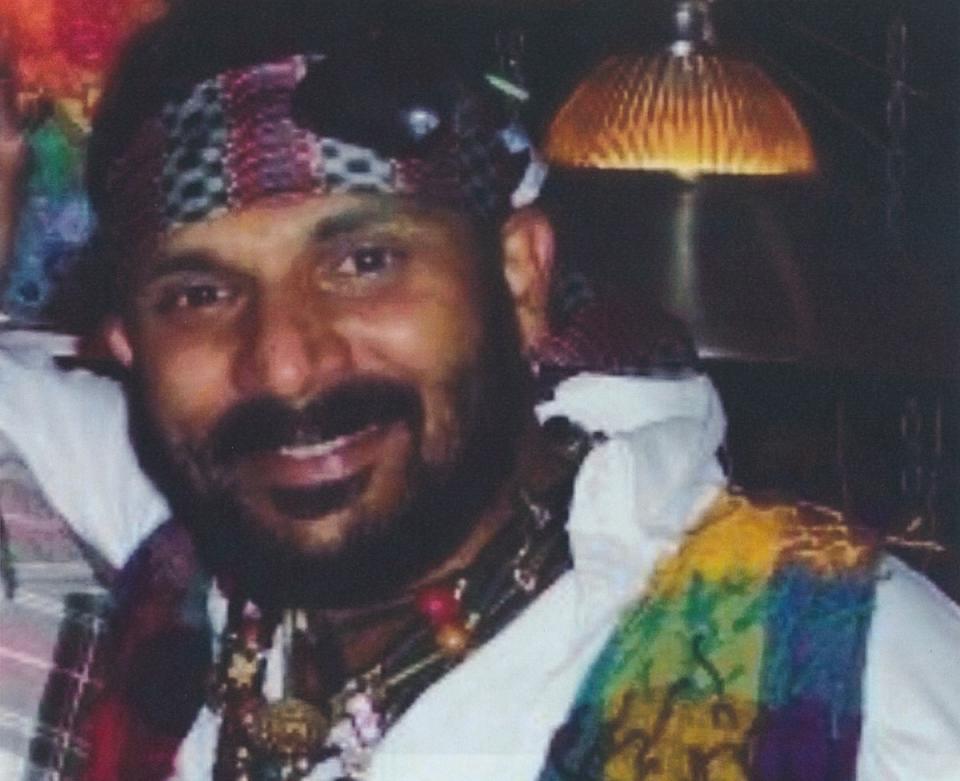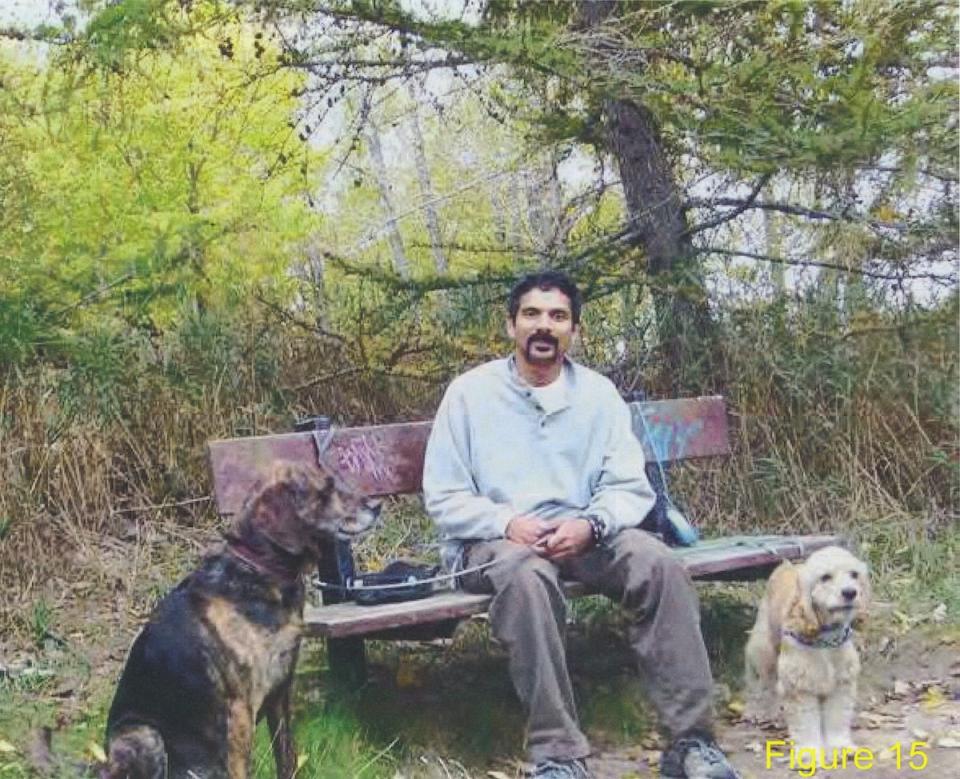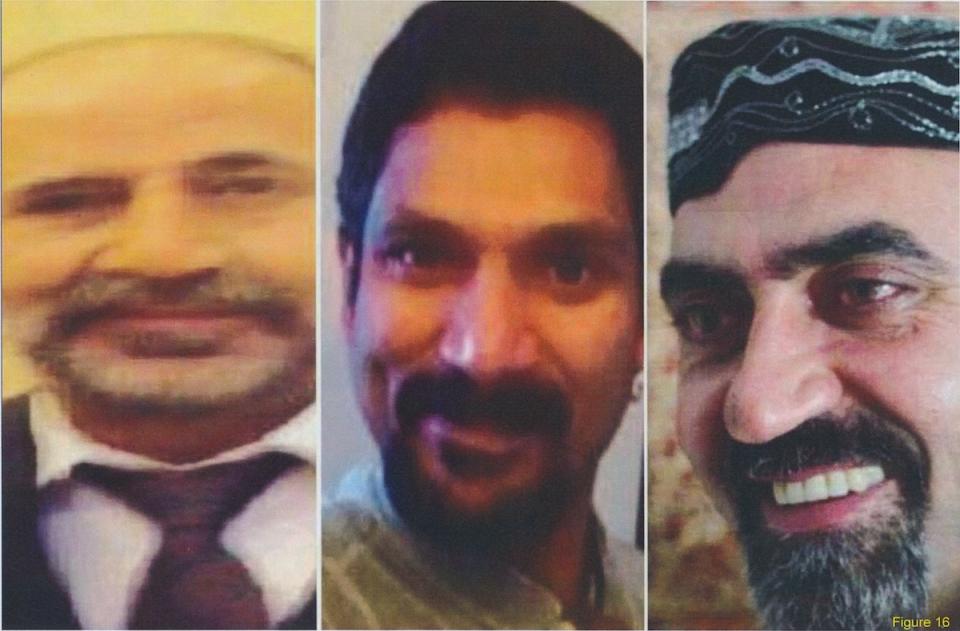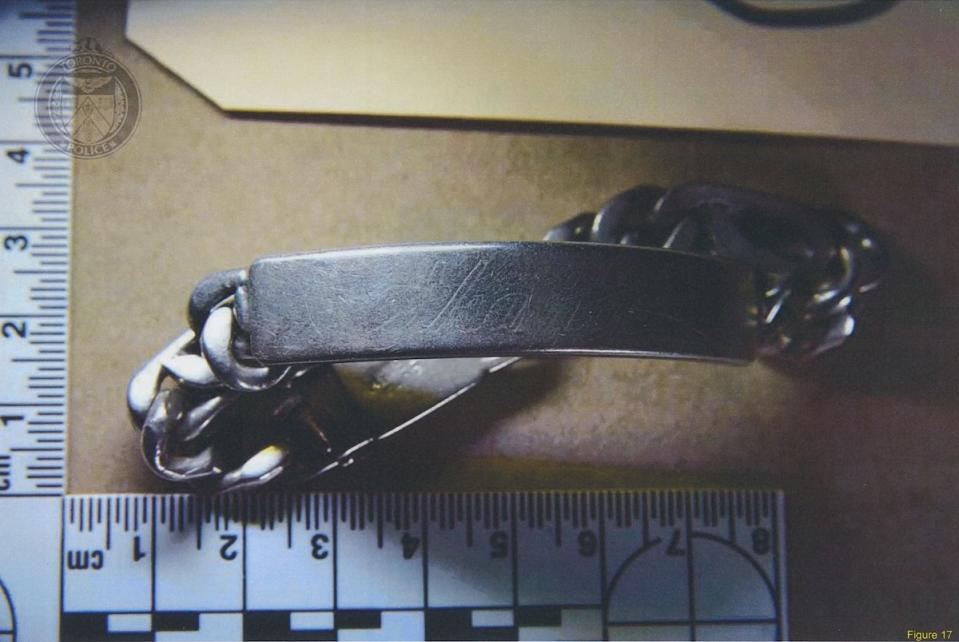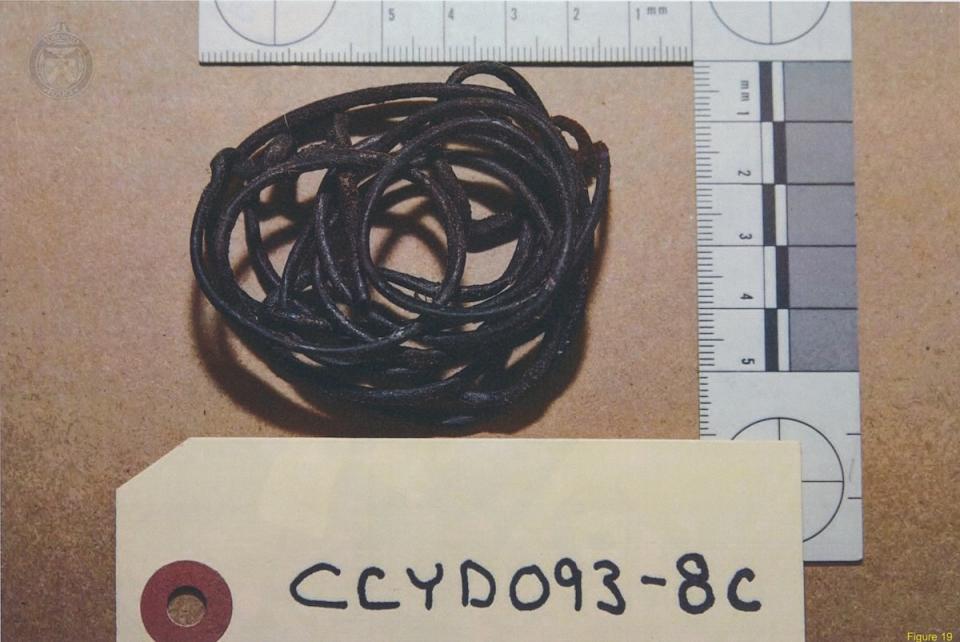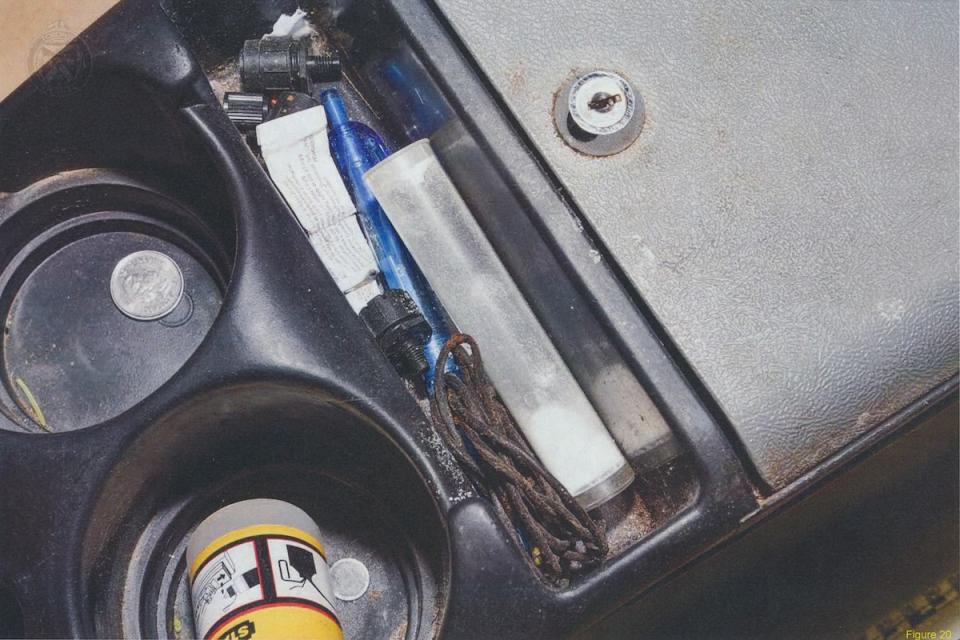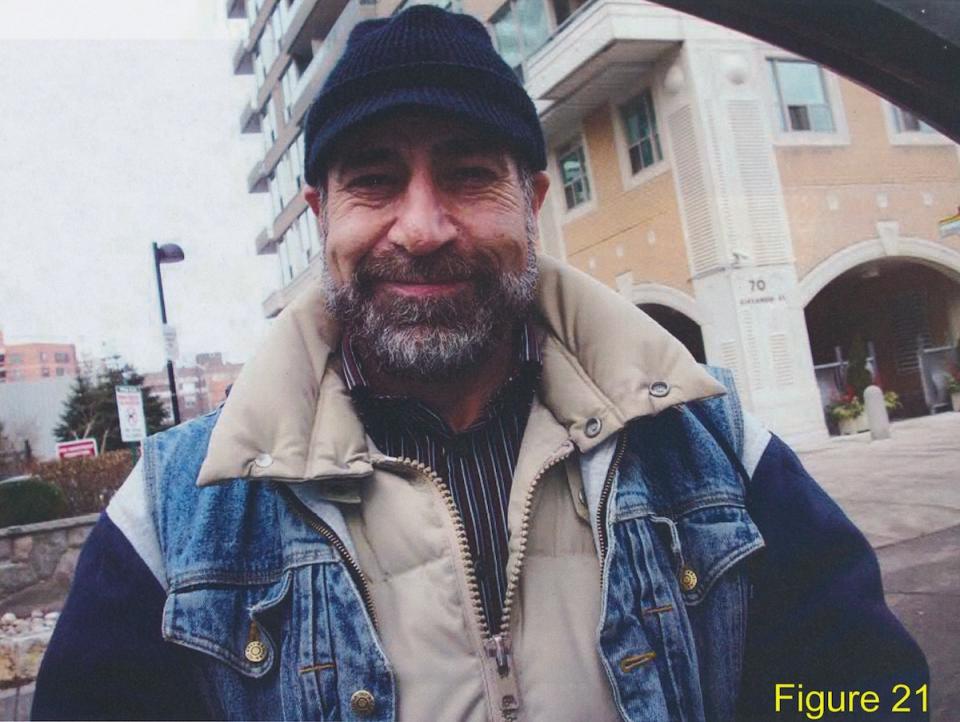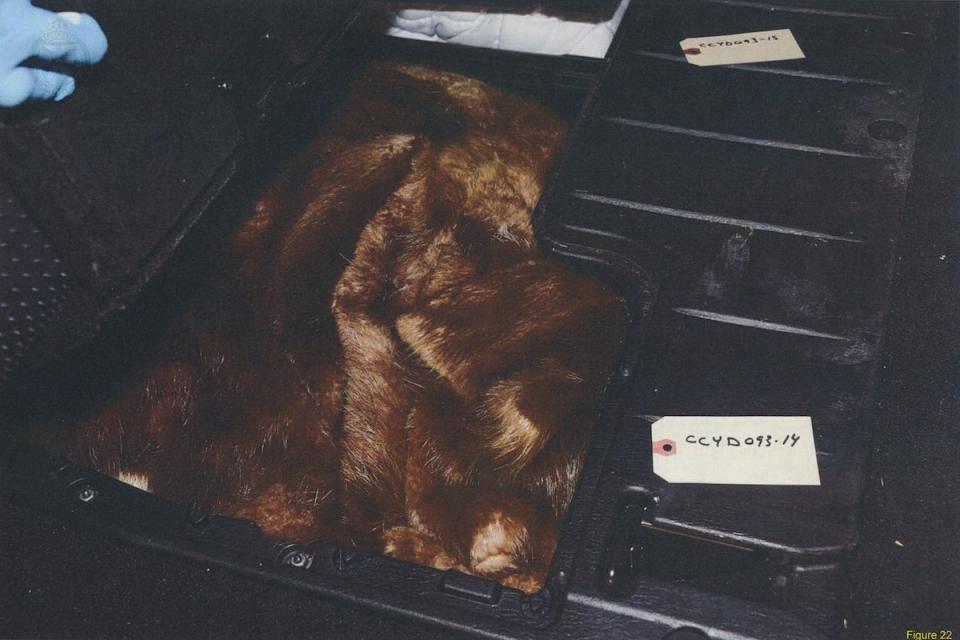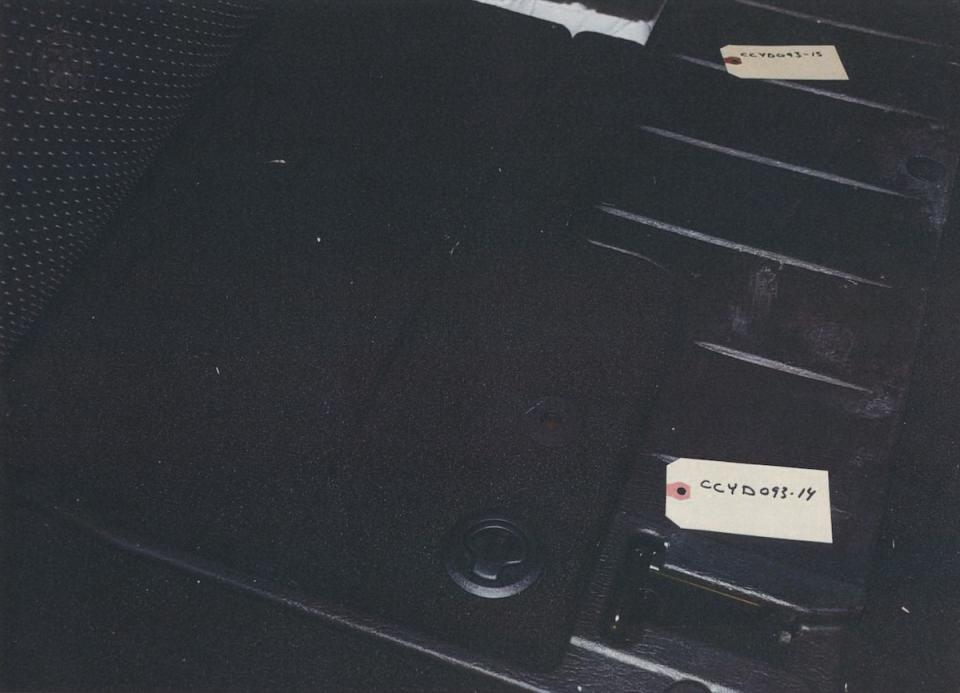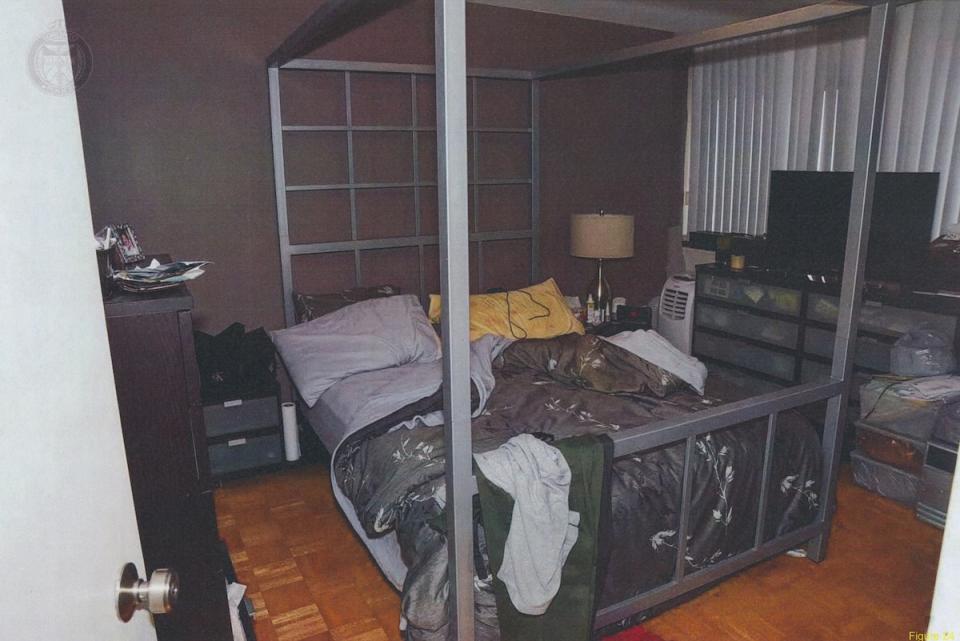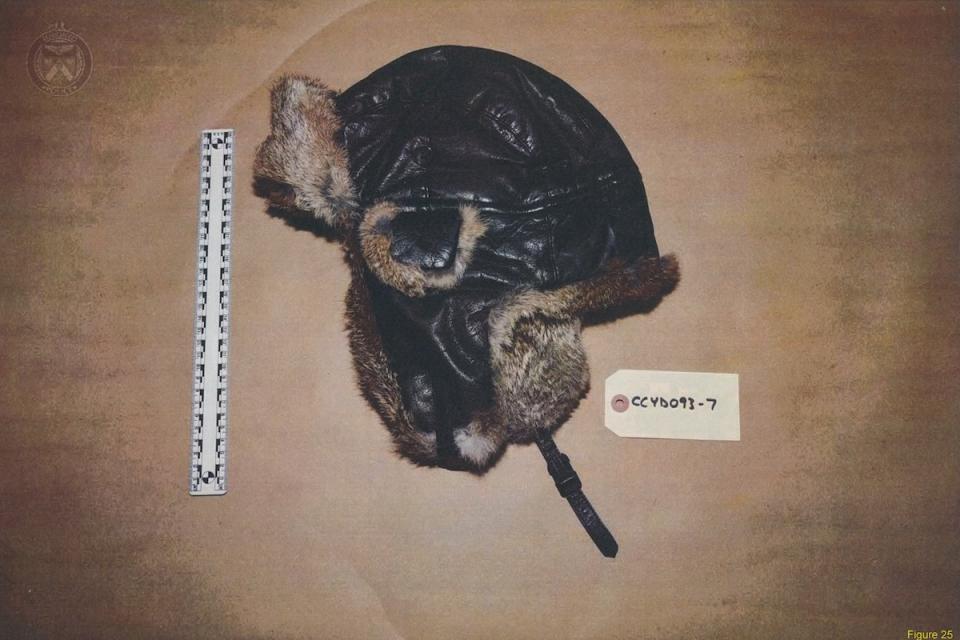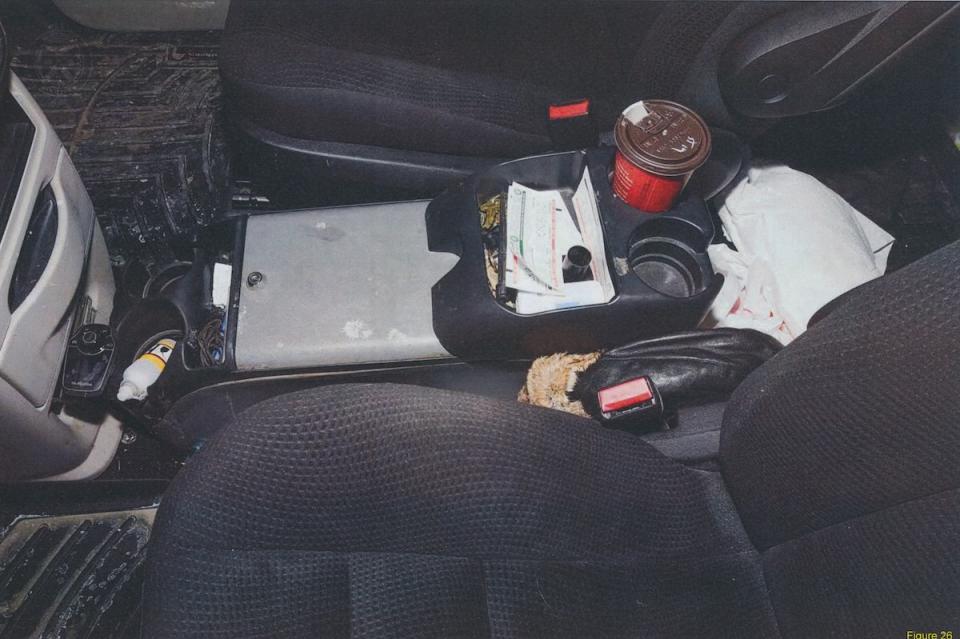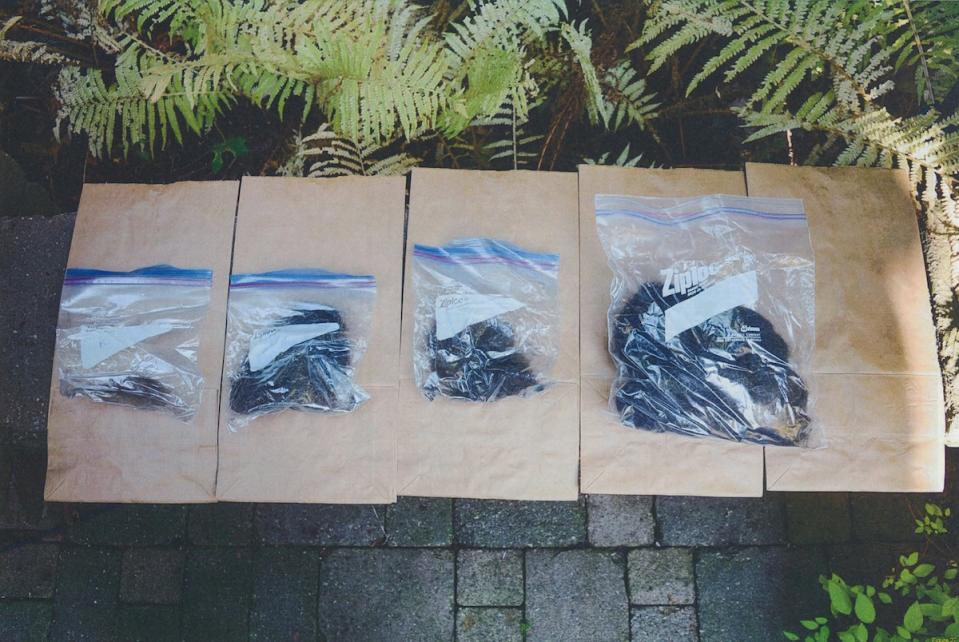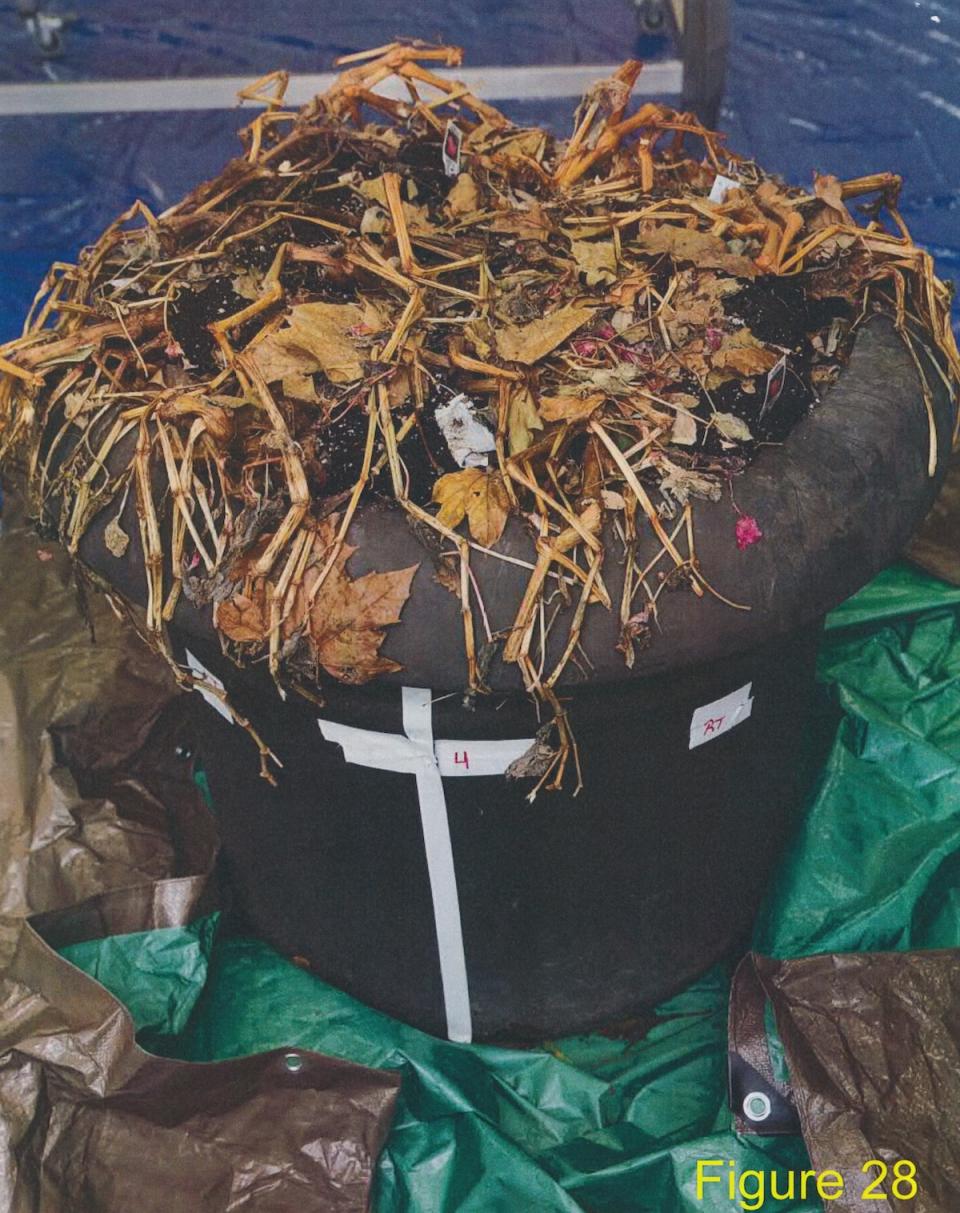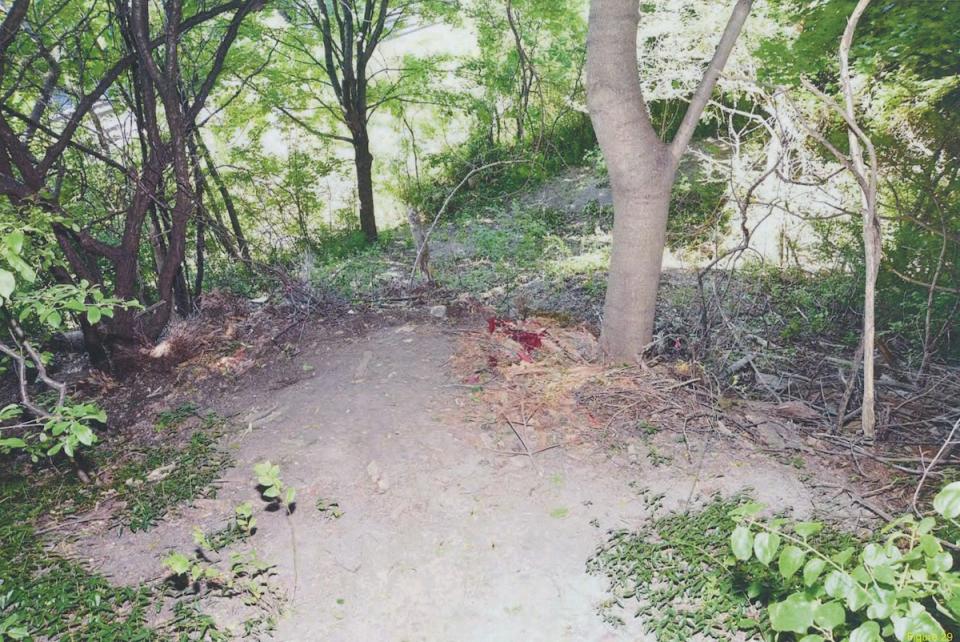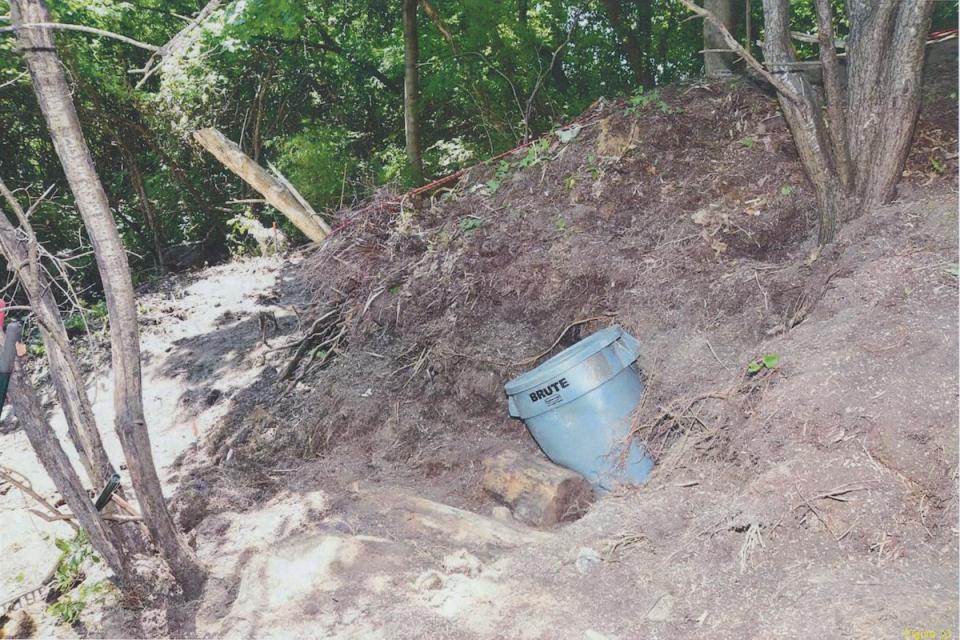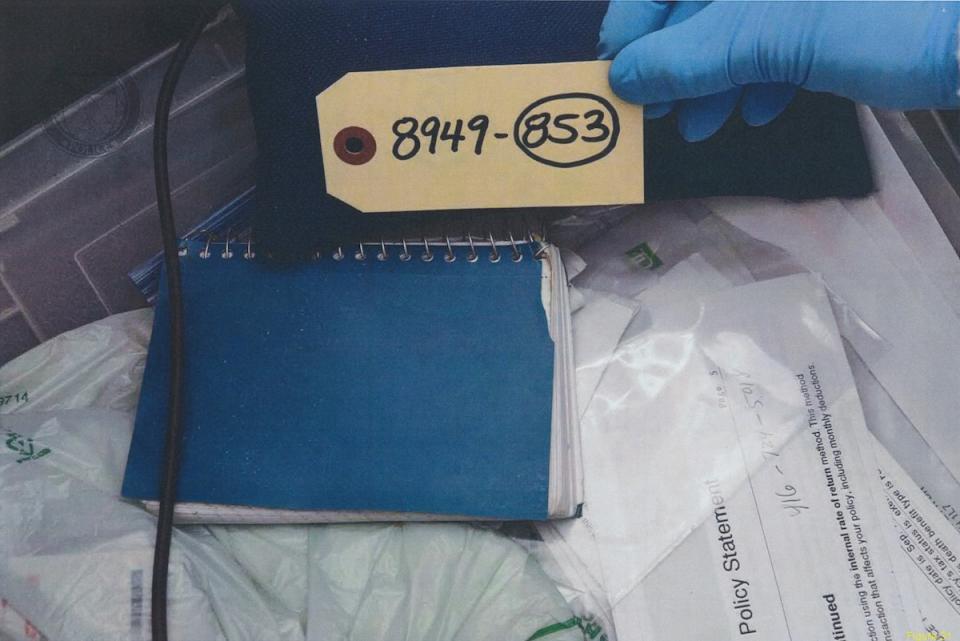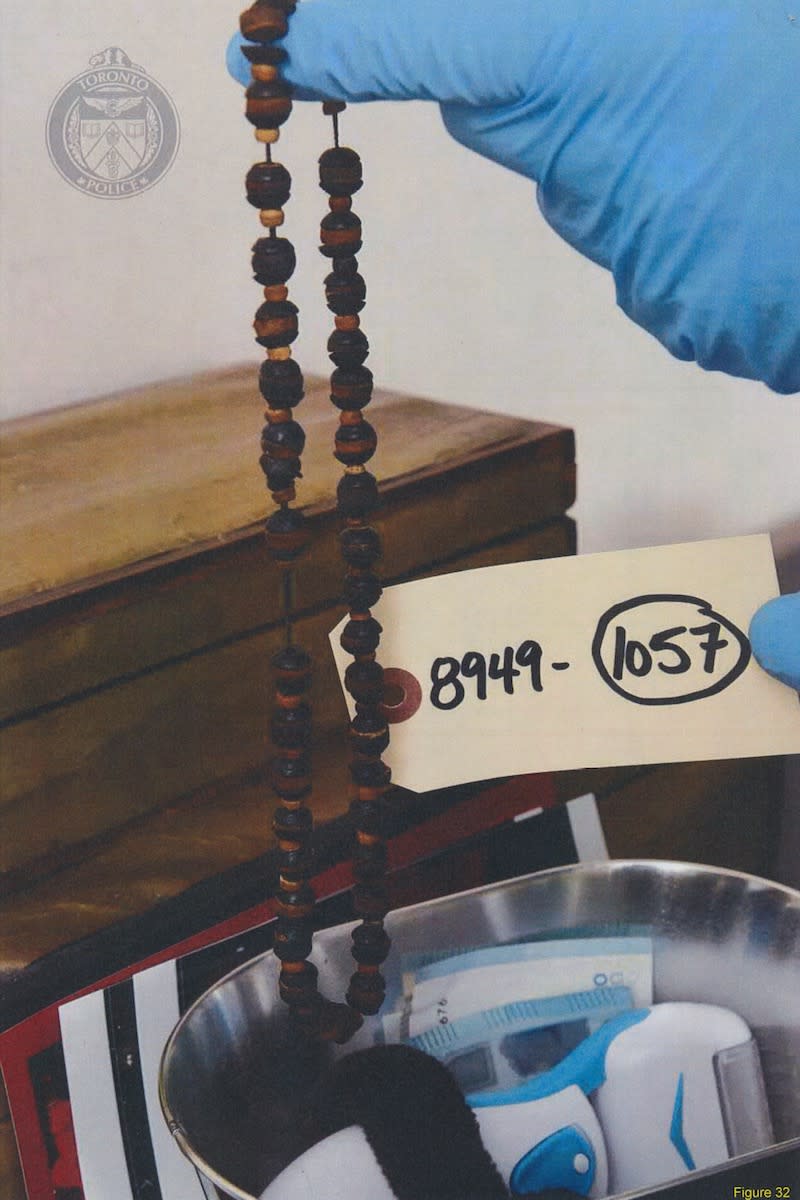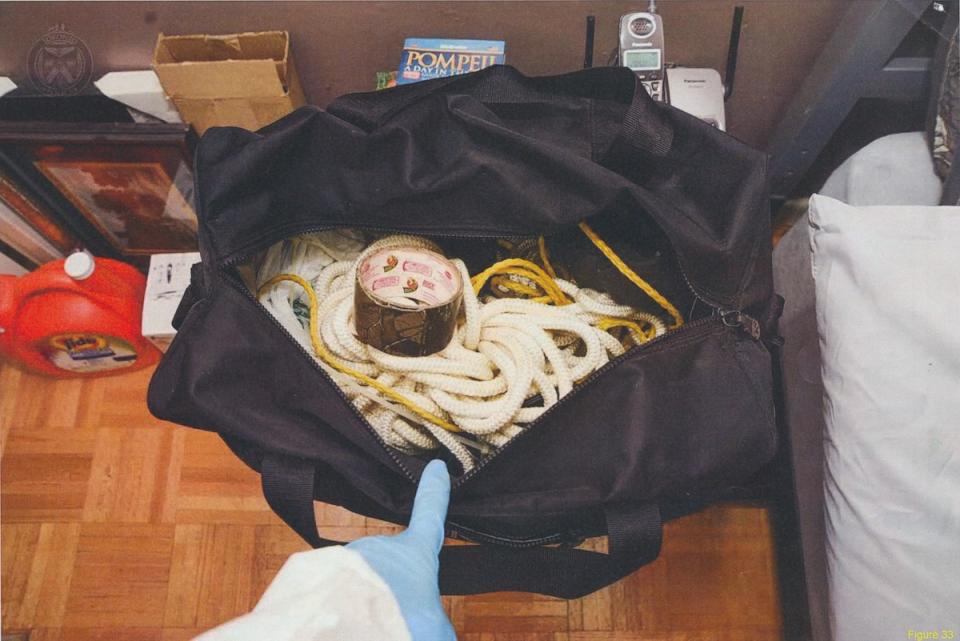Vans, photos of deceased key evidence in McArthur investigation
WARNING: This story contains graphic details.
The sentencing hearing for serial murderer Bruce McArthur began on Feb. 4 with a detailed overview of the evidence in the case against him.
On Jan. 29, a year after his arrest, McArthur pleaded guilty to eight counts of first degree murder in the deaths of eight Toronto men, most of whom had ties to the city’s Gay Village community.
While there is no longer any need for a trial to determine his guilt, a sentencing hearing allows the prosecution team to give evidence that will help the judge determine McArthur’s sentence. It also allows the people affected by his crimes, the friends and family of his victims, to articulate their grief both to McArthur and to the judge responsible for sentencing him.
McArthur faces a life sentence without the possibility of parole for at least 25 years. The Crown could seek consecutive parole ineligibility terms of 25 years for some of his crimes, or ask for concurrent time. Either way, McArthur will remain in prison at least until he is 91 years old.
On the first day of what is expected to be approximately a three-day hearing, McArthur sat motionless, looking straight ahead, as Crown prosecutor Michael Cantlon detailed the ways the murderer tried, and failed, to cover his tracks, destroy evidence of his crimes and evade arrest.
Cantlon spoke for more than an hour about the “unprecedented amount of real, forensic, digital and documentary evidence” police had uncovered and used to catch McArthur and identify his victims.
ALSO READ: The men who died at the hands of Bruce McArthur: Families, friends speak about their lives
The court heard about how McArthur’s red 2004 Dodge Caravan had given him away after police seized security footage of his final victim, Andrew Kinsman, climbing into it on the day of his disappearance.
Cantlon also told the court how, McArthur had tried to delete hundreds of photos of his victims from several digital devices in his home, but that forensic investigators had managed to recover them. The images, found on devices police seized during a covert search of McArthur’s apartment on Dec. 7, showed the men both in life and after McArthur had murdered them.
The court heard other grim details: McArthur used a ligature to strangle most, if not all, of his victims. He kept hair from the men in bags stored on a property south of Mt. Pleasant Cemetery. He also kept mementos like jewelry and other personal items that belonged to the men.
As grim as these details are, they were the clues that led police to charge McArthur with the murders of Selim Esen, Dean Lisowick, Kirushna Kanagaratnam, Soroushi Mahmudi, Majeed Kayhan, Abdulbasir Faizi, Skandaraj Navaratnam and Andrew Kinsman.
Here is some of the evidence police eventually used to end McArthur’s deadly seven-year assault on vulnerable men in Toronto’s LGBTQ community.

